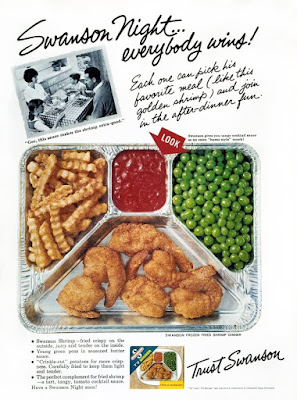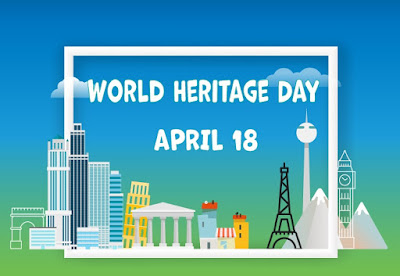Biographers' Day is celebrated on May 16 each year, to celebrate the honor of biographers who teach us about famous people and their resumes that inspire us through biographies.
This day was set in honor of the first meeting of the writer Samuel Johnson and his biographer James Boswell on 16 May 1763 in London, at a bookstore near Covent Garden. They became good friends and almost 30 years later Boswell published the story of Johnson's life, in a book that became the most glorious English biography.
Biographies are the writing of a person's life history. The biography can describe a real or fictional person, but usually the reference in the biography is to the resume of a character living or lived in reality. The biographies can be written as a simple text and also as an expression of complex ideas and narratives. The biographies are not only the dry facts about a person's life, but also a description of the feelings and thoughts that accompanied him.
Biographies for children are a great way to teach them the history of mankind and its achievements.
Biographical writing has not always enjoyed popularity. Biographical conventions have evolved considerably over the centuries. The current version of the biography was discovered in the 18th century, and is closely related to the biography written by James Boswell, "The Life of Samuel Johnson." The biography was written in a warm, broad, uncompromising and exhaustively detailed manner, and discovered the new way of writing the biography by James Boswell. It is actually the one who formulated the biography format that has become very popular to this day.
How to celebrate Biography Day?
The best way to celebrate National Biographers Day is to read or write the biography of someone who has influenced your life. Is it a poet, engineer, businessman, writer or politician? You can also update old biographies of people you like on Wikipedia. If you are a biographer yourself, share the biography you have written. Post photos and share thoughts on social media using the hashtag #BiographersDay.
May 16 is also Sea Monkeys Day















